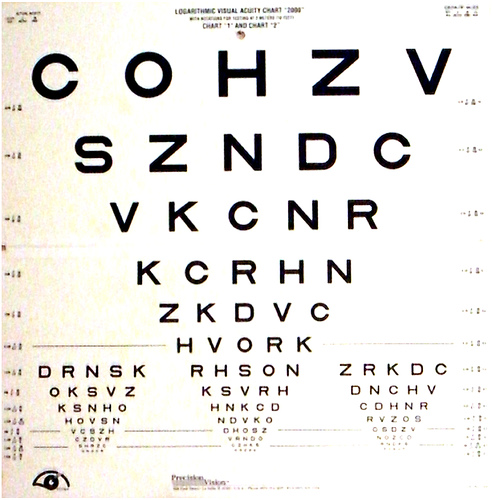Different eye care devices that help to aid in low vision problems.
A person’s sight is one of the single most important senses that is affected over time by the aging process and outside environmental factors. Between the threat of serious eye injuries, the importance of UV protection and sunglasses, and the necessity of regular eye screenings and exams, there is no question that maintaining proper eye care is essential for healthy vision.
 However, even if you practice proper eye care and take necessary precautions against dangerous outside factors that cause decreased vision, there are still many conditions that come with age that can have a significant impact on our eyes.
However, even if you practice proper eye care and take necessary precautions against dangerous outside factors that cause decreased vision, there are still many conditions that come with age that can have a significant impact on our eyes.
For instance, potentially blinding eye conditions such as glaucoma, age-related macular degeneration (AMD) and diabetic retinopathy are all increasing as the population grows, creating an ever-expanding amount of people who are at risk for low vision and visual impairment.
In fact, in 2002, more than 161 million people globally were visually impaired. Of these 161 million, 124 million people had low vision and 37 million people were blind. This is an extremely significant statistic because individuals with low vision not only have difficulty seeing, but this common vision problem can also lead to a variety of other vision difficulties such as blind spots, tunnel vision, loss of contrast and even blindness.
Luckily there are several different devices available to help aid in low vision. But first, it is important understand what exactly qualifies as low vision and how it is diagnosed.
What Is Low Vision?
Many eye care professionals use the phrase “low vision” to properly describe the visual difficulties and impairments that obstruct an individual’s field of vision, but cannot be corrected through the simple use of corrective lenses or eye surgery. When talking about someone with “low vision,” it typically means that they person has a significant loss of visual acuity, to a level worse than 20/60.
Other times, it may involve a serious loss in regular vision capabilities such as peripheral vision, visual field, contrast and clear sight.
How Is Low Vision Corrected?
Low vision services and procedures do not cure the vision problem once and for all. Instead, they utilize a person’s remaining vision to its highest potential. Many eye care facilities, including OCLI, provide a variety of low-vision devices that can help to improve the quality of life for individuals with this condition.
Some of these low-vision assistance devices include:
- Telescopes
- Microscopes
- Specially-designed reading glasses and lenses
- Magnifiers (video and hand-held)
There are also many non-optical devices available to help improve the day-to-day functions of those suffering from low vision. These devices include:
- Books with large print
- Watches with large displays
- Clocks and timers
- Calculators
- Voice Announcements
If you are someone you know suffers from low vision, it is important to schedule an appointment with a certified eye professional in order to take care of the problem before it possibly gets worse. Diagnosing low vision early on can also help to avoid many other problems that may stem as a result of this vision condition. Therefore, contact OCLI today to set up your annual vision screening for healthier, clearer vision.
Image: Source